After a quarter century, Gerulskis leaves the Discovery Center on a high note
| Published: 08-30-2024 12:03 PM |
Jeanne Gerulskis remembers her first impression of the Christa McAuliffe planetarium when she interviewed for the job of director back in 1997.
“The lights on the walkway were broken, there was nobody at the desk to greet me. There was no parking lot then and a different entrance, which now is the backside. It was just kind of dark and sad. It was mournful,” said Gerulskis, 70, who retired Aug. 2 after a quarter-century of leading the museum through an often tumultuous era.
Her tenure will be capped by the unveiling of a statue honoring McAuliffe on the State House grounds at 10 a.m. on Monday, which would have been the Concord teacher’s 76th birthday.
Before the turn of the century, Gerulskis had been in charge of exhibits at a museum in Katchecan, Alaska, but she and her then-12-year-old son Jaki wanted to come back to New England, where she was raised. She began checking the New Hampshire Museum Association newsletter when the planetarium job cropped up and although she had a degree in economics and had worked for a cultural museum, Gerulskis had been reading a lot about astronomy and was interested in the sciences so it seemed like a possibility.
The board of directors agreed and despite that “kind of sad” appearance, she took the job leading a state-owned planetarium established in 1990 to honor ChristaMcAuliffe on the campus of what is now NHTI.
The planetarium was struggling to thrive under New Hampshire’s tight-fisted government so Gerulskis’ degree in economics proved to be useful. Money – finding it, earning it, keeping it and spending it – has been at the heart of her role.
“Working on spreadsheets and grant applications, letters to donors … talking to the governor, lawmakers,” she said. “That’s the job.”
“When it just gets to be too much and I’d kind of forget why I was there, I’d go out on the floor and talk to kids, talk to families, show them how different exhibits work. When you see that light in a kid’s eye and they get something, a complex scientific topic, they work an exhibit with their hands, you think that’s why I’m here!
Article continues after...
Yesterday's Most Read Articles
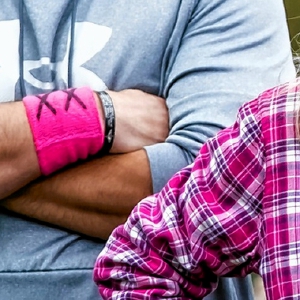 Federal judge finds Bow School District’s actions ‘entirely reasonable’ in transgender athlete protest by parents
Federal judge finds Bow School District’s actions ‘entirely reasonable’ in transgender athlete protest by parents
 What to know about the plan to allow students to attend any public school in the state
What to know about the plan to allow students to attend any public school in the state
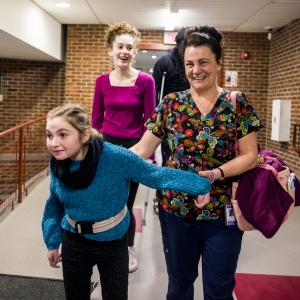 Hometown Hero: How Concord High’s Izzie Boom ignited a fund-raising duck explosion for Rett Syndrome
Hometown Hero: How Concord High’s Izzie Boom ignited a fund-raising duck explosion for Rett Syndrome
 In latest attempt to pass eviction bill, House votes to include in budget
In latest attempt to pass eviction bill, House votes to include in budget
 High school baseball previews: Defending champs Bow focusing on culture, fundamentals
High school baseball previews: Defending champs Bow focusing on culture, fundamentals
“And then you can go back to the spreadsheets.”
Eight months after Gerulskis started, Alan Shepard passed away. Discussions took place about how to honor New Hampshire’s most famous astronaut – “I think they thought it would be a statue or something” – but she and other planetarium fans had a bigger vision.
“We had a good idea to build a museum, a real museum,” she said. “I thought it would be a slam dunk.”
Not exactly. It wasn’t until 2007, almost a decade later, that the McAuliffe-Shepard Discovery Center put together $10 million in federal and state grants, donations and loans, following endless meetings between Gerulskis and pretty much every New Hampshire lawmaker who had any sway.
“There are some places where raising $10 million might not take long at all but New Hampshire isn’t one of them,” she said.
With money finally in hand, they broke ground in 2007. Then came the financial crisis of 2008 when the global economy crashed to a halt.
“It was halfway built, we were full steam ahead, then the bottom fell out of the economy…. It made things very difficult – we couldn’t say ‘alright everybody, put your shovels down, let’s wait until the economy picks up,’” she said.
After much struggle, the museum opened on March 6, 2009, to a surprising amount of attention.
“The news was so bad everywhere, people wanted to hear something good. When the museum opened I saw articles about it opening in newspapers in South Africa and TV stations in Australia. People were really excited about this one shiny spot in the news,” she said.
Life as a state agency was tough, however, to the point where Geruskis and the board came up with seven alternatives, including shutting down, being open only for school groups, or being open only in the summer.
“The sixth alternative was to operate as a non-profit. (Gov. John) Lynch liked that,” she said. “Some of the legislators wanted to pat me on the back and say, ‘OK, two weeks from now you’re independent.’ Our plan was to take a couple of years but it was just six months from the time the law was signed until we had to launch.”
The state still owns the building but the museum was on its own for operation. The instant of transition from state-owned to non-profit came on New Year's Eve 2012 and was, suitably enough, symbolized by money.
“On Dec. 31, all the credit cards that were swiped, their funds went into the state’s bank. The bank came in that evening and took three of our credit card processors and reprogrammed them. The next day every card we swiped, that money went into our bank,” said Gerulskis.
Not that there was much money: After years of debate about support for the institution from tight-fisted lawmakers, the state had left the museum with $250,000.
“We had 14 full-time and two dozen part-time employees the day before. As the nonprofit, we had six full-time and maybe six part-time,”she said. But that wasn’t enough cost-cutting. At the end of 2013, the bank balance was down to $27,000.
“We realized we had to do a second start. We went to two full-time – me and the CFO – and maybe six part-time. It was really rough. We were open just two days a week,” Gerulskis recalled.
But a reworked board with an emphasis on fund-raising turned thing around: “Things were going just great. In 2019, it was the best year ever – we paid off everything … In January 2020 we thought we were going for another awesome year.”
You know what happened next.
Like all of us, Gerulskis has stories of trying to keep going during the confusion of the COVID pandemic lockdown, including letting mail sit in the back seat of her car for three days to kill any virus before opening it with gloves on (“There might have been a check in there!”), learning how to do remote education, and figuring out how to run a hands-on science museum amid fear of a virus being transmitted on objects the public handled.
“People would think you were stalking them if you walked behind them, cleaning everything they touched,” she said. Eventually, cleaning stations were set up and people were asked to clean any exhibit they handled. “That worked really well.”
One surprise from the pandemic: “For the first time ever, more people were coming from other states than New Hampshire. They couldn’t go to other places, so they were really happy to come here.”
In the three years since then, the McAuliffe-Shepard center has done well, with big changes like getting exhibits from the closed Weather Discovery Center, opening the science playground and modernizing the planetarium with a state-of-the-art digital projector, one of just four in the country. Attendance last year was the highest ever.
Gerulskis had long planned to retire when she turned 70. She waited until Aug. 2 – her half birthday, she notes – partly so she could be at the museum for another solar eclipse.
Now she has plans to travel (she has always wanted to see Greenland) visit family throughout New England and elsewhere and do alumni projects for Williams College. Leaving is easier, she said, because of the new director.
“I’m really happy about Melissa Edwards. She has put together an incredible program for the Christa McAuliffe statue unveiling. She’s making a real splash, she’s going to be great. And there’s a wonderful crew there, so dedicated, I have a lot of confidence that t he museum is going to do wonderful things in the future.”
And that’s just the way Gerulskis wants it, even if she’s no longer in charge because, as she commented, after 26 years: “It’s kind of like my other kid.”
Unveiling of Christa McAuliffe statue, including speakers and remarks from the sculptor Benjamin Victor
Where: State House grounds on Main Street in Concord
When: Monday, Sept. 2, at 10 a.m.
David Brook can be reached at dbrooks@cmonitor.com

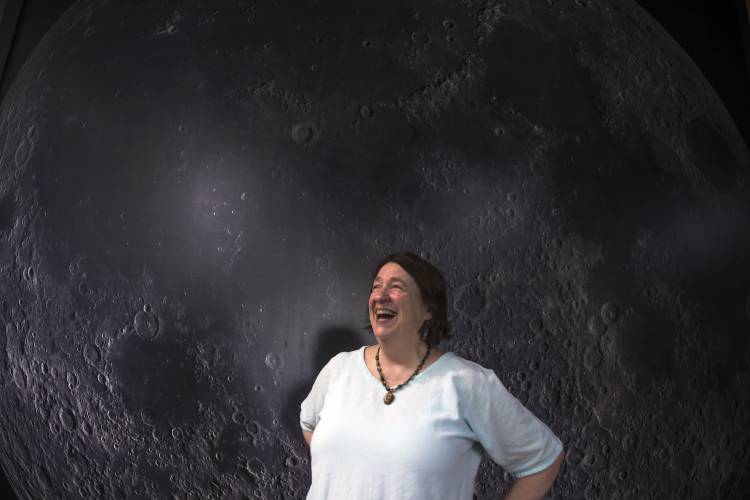
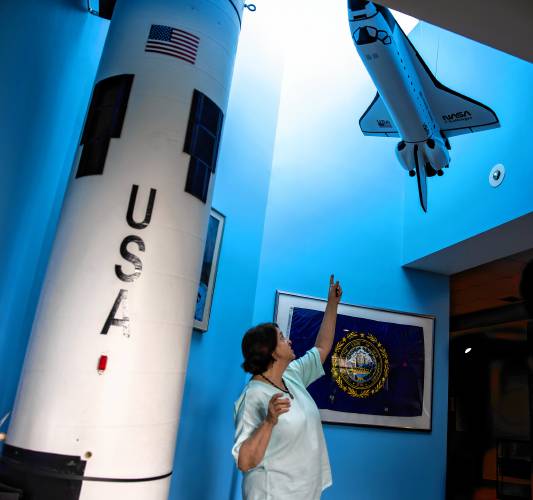
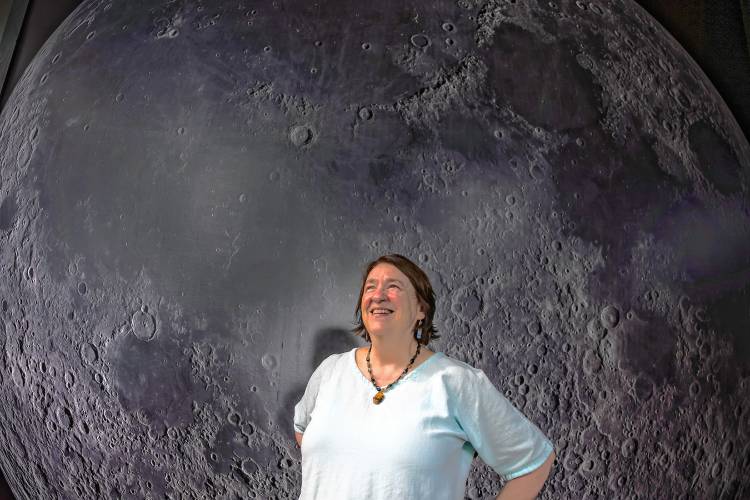






 Swanzey forest stewards battle red pine killer
Swanzey forest stewards battle red pine killer Driver acquitted in bikers’ deaths in New Hampshire pleads guilty to impaired driving in Connecticut
Driver acquitted in bikers’ deaths in New Hampshire pleads guilty to impaired driving in Connecticut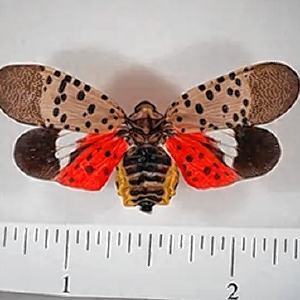 Granite Geek: It takes a village to keep nasty bugs away
Granite Geek: It takes a village to keep nasty bugs away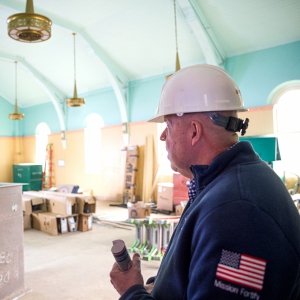 New Hampshire set to ‘welcome home’ veterans with new 15-acre campus in Franklin
New Hampshire set to ‘welcome home’ veterans with new 15-acre campus in Franklin
